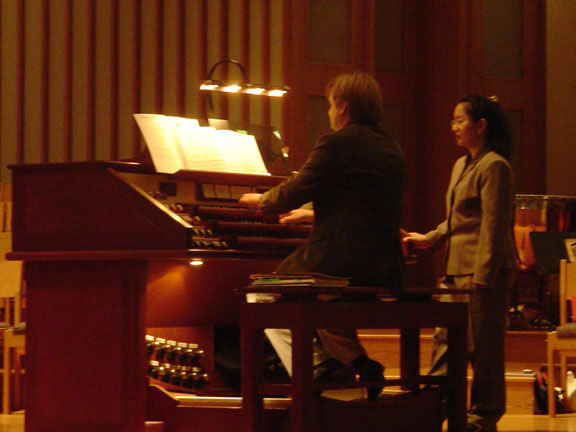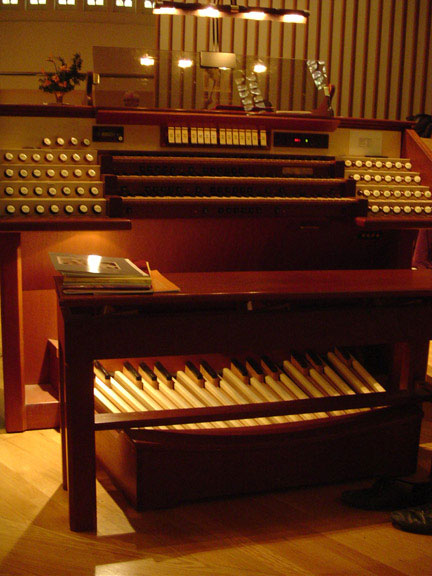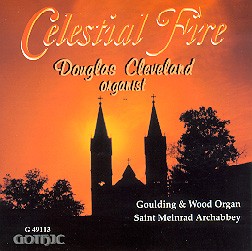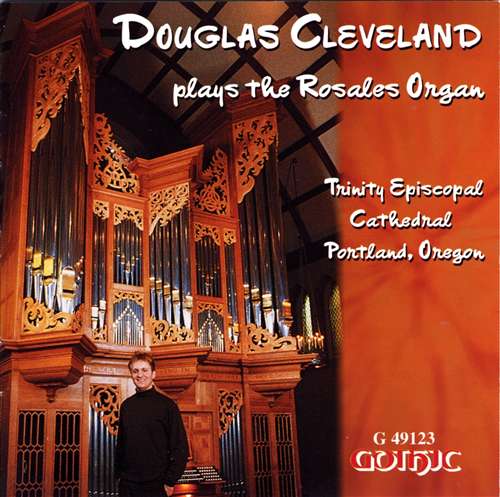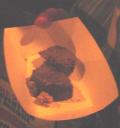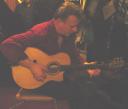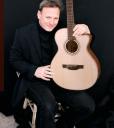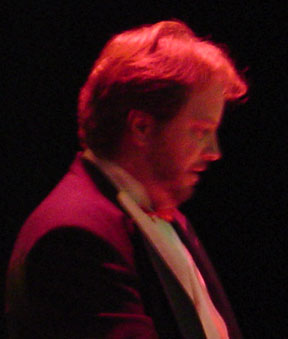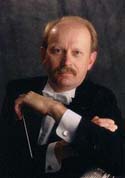 I have heard about Kenneth DeJong for many years and finally got to meet him at the Augsburg Fortress Music worskshop in Seattle, WA. An original wedding march he composed for organ was played by concert organist Douglas Cleveland (Music Director, Plymouth Congregational Church, Seattle, WA)
I have heard about Kenneth DeJong for many years and finally got to meet him at the Augsburg Fortress Music worskshop in Seattle, WA. An original wedding march he composed for organ was played by concert organist Douglas Cleveland (Music Director, Plymouth Congregational Church, Seattle, WA)
Mr. DeJong is music director for St. Andrew’s Lutheran Church in Bellevue, WA. This is the church I grew up in and was confirmed at. For many years as a young boy I sang and played at church services there, and they always let me practice in the sanctuary when I wanted. For a couple years that sanctuary felt like my second home. I never officially thanked St. Andrews for that – so here’s my official thank you.
I took advantage of access to their keyboard instruments and spent many hours playing the piano and organ in the sanctuary. For a while they even had a hand built harpsichord which I would tune by hand for Bach pieces. I also remember practicing jazz voicings on the church piano, and wondering if that was theologically sound. That was back in 1984 or so, church music has come a long way.
Kenneth is a composer, master organist, conductor and gifted vocalist One of his intriquing projects is singing with a male chorus consisting of all music conductors – it’s called Male Ensemble Northwest. I haven’t heard them yet, but he says it’s a great group – so it must be VERY good.
I have heard through the grapevine that Kenneth DeJong does very good work with congregational orchestras and ensembles. Hopefully I’ll meet up with him again to find out more info on that.
Kenneth DeJong – Organist and Music Director
St. Andrew’s Lutheran Church (Bellevue, WA)
Kenneth L. DeJong, Music Director and Principal Organist, has been at Saint Andrew’s since 1988. Following his undergraduate work and military service, he received a Master’s Degree in Conducting from the University of Washington. He taught for six years at Los Angeles Baptist College before returning to Seattle to pursue a doctorate degree. He has taught at Seattle Pacific University, Trinity Lutheran College, the University of Puget Sound, and the University of Washington.
He served as Music Director at Seattle’s First Presbyterian Church for six years, during which time he founded the Bellevue Chamber Chorus, which he conducted until 1998. He conducts the Lyric Arts Ensemble, sings in Male Ensemble Northwest, and is a frequent adjudicator and clinician. His Saint Andrew’s agenda includes worship hospitality and creativity, participation in vocal and instrumental ensembles by members of Saint Andrew’s, and creation of additional opportunities for growth and enjoyment of the arts in and around the Saint Andrew’s community. He is married to Kelley Mannon and they (with her son Brad) live in Issaquah.
